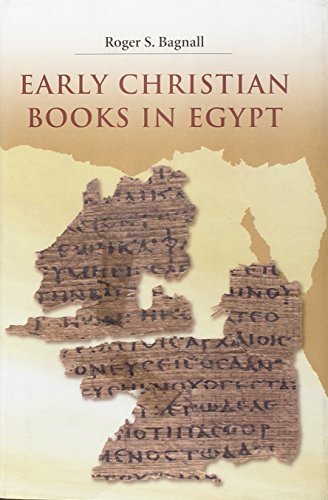

Most ebook files are in PDF format, so you can easily read them using various software such as Foxit Reader or directly on the Google Chrome browser.
Some ebook files are released by publishers in other formats such as .awz, .mobi, .epub, .fb2, etc. You may need to install specific software to read these formats on mobile/PC, such as Calibre.
Please read the tutorial at this link: https://ebookbell.com/faq
We offer FREE conversion to the popular formats you request; however, this may take some time. Therefore, right after payment, please email us, and we will try to provide the service as quickly as possible.
For some exceptional file formats or broken links (if any), please refrain from opening any disputes. Instead, email us first, and we will try to assist within a maximum of 6 hours.
EbookBell Team

5.0
110 reviewsFor the past hundred years, much has been written about the early editions of Christian texts discovered in the region that was once Roman Egypt. Scholars have cited these papyrus manuscripts--containing the Bible and other Christian works--as evidence of Christianity's presence in that historic area during the first three centuries AD. In Early Christian Books in Egypt, distinguished papyrologist Roger Bagnall shows that a great deal of this discussion and scholarship has been misdirected, biased, and at odds with the realities of the ancient world. Providing a detailed picture of the social, economic, and intellectual climate in which these manuscripts were written and circulated, he reveals that the number of Christian books from this period is likely fewer than previously believed.
Bagnall explains why papyrus manuscripts have routinely been dated too early, how the role of Christians in the history of the codex has been misrepresented, and how the place of books in ancient society has been misunderstood. The author offers a realistic reappraisal of the number of Christians in Egypt during early Christianity, and provides a thorough picture of the economics of book production during the period in order to determine the number of Christian papyri likely to have existed. Supporting a more conservative approach to dating surviving papyri, Bagnall examines the dramatic consequences of these findings for the historical understanding of the Christian church in Egypt.